

William Stopford
Every SUV, ute and van discontinued in Australia in 2025
5 Hours Ago
Here is a list of electric vehicles on sale in the UK that we do not get in Australia. On the flipside, what EVs do we expect to see arrive during 2021?

Senior Contributor
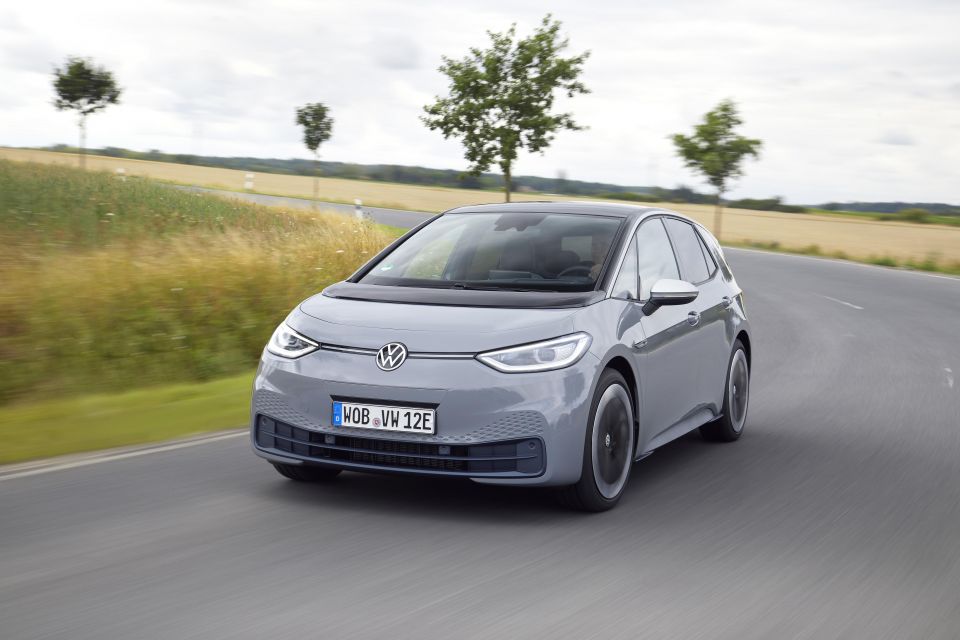

Senior Contributor
It’s no secret that sales of electric vehicles (EV) in Australia are lower in both numerical and percentage terms than they are in most developed countries – around 4500 units or 0.5 per cent market share this year, with VFACTS data and separate Tesla figures (reported here) combined.
This is despite the availability of models such as the Tesla Model 3, Hyundai Ioniq and Kona, Mini Electric, Nissan Leaf, MG ZS EV, BMW i3, Audi E-Tron, Mercedes-Benz EQC, and Jaguar I-Pace.
By contrast over the same period, EVs have claimed about 60 per cent market share in Norway, 10 per cent in Germany, around 6 per cent in California, and a tick over 4 per cent in China – the world’s most important car market.
Buyers in these nations can access various EV incentives (up to 9000 euros of subsidies in Germany from the government and car brands combined). They also have greater access to public chargers funded by car brands and various government entities. Those are examples of consumer ‘carrots’.
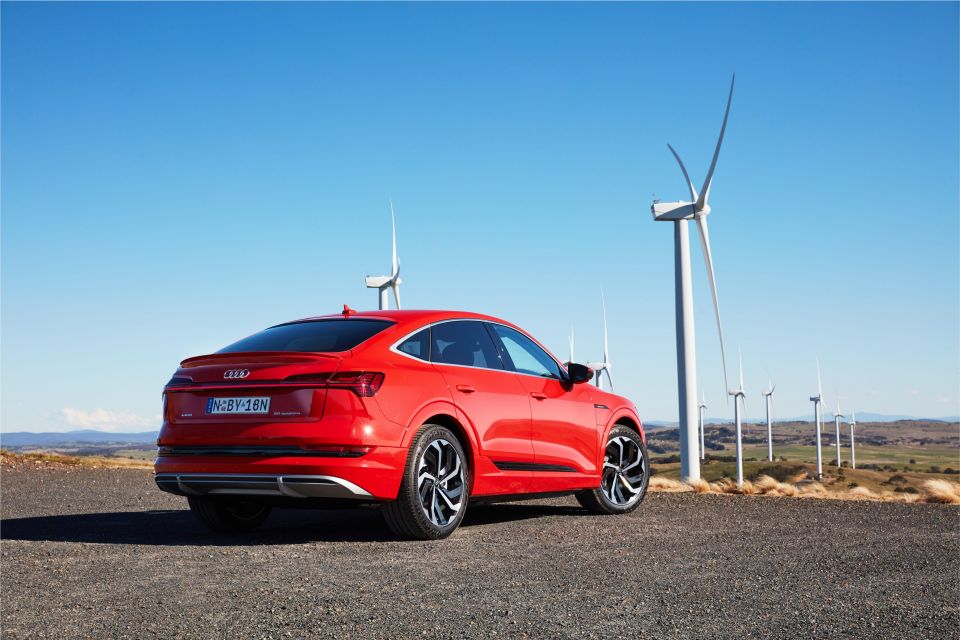
The ‘sticks’ in this ‘carrots and sticks’ scenario are the common impositions of CO2 emissions targets on manufacturers, which if missed lead to fines. Therefore brands are encouraged to make EVs, to offset their combustion models.
Australia doesn’t have much in the way of carrots or sticks yet, by contrast. Rightly or wrongly it is not seen by overseas car brands as a market with much demand for their EVs, and so many have opted to divert allocation of their battery-powered options elsewhere. This lack of choice is a further handbrake on EV growth.
In order to demonstrate what I mean, let’s look at another major right-hand drive market with similar demographics: the UK, which wants to ban internal combustion cars from sale by 2030.
EVs achieved 9.1 per cent market share there in November, and buyers there can access a £3000 ($5300 AUD) grant. As such, there are multiple EVs on sale there, that we do not get.
Here are 10 examples listed alphabetically:
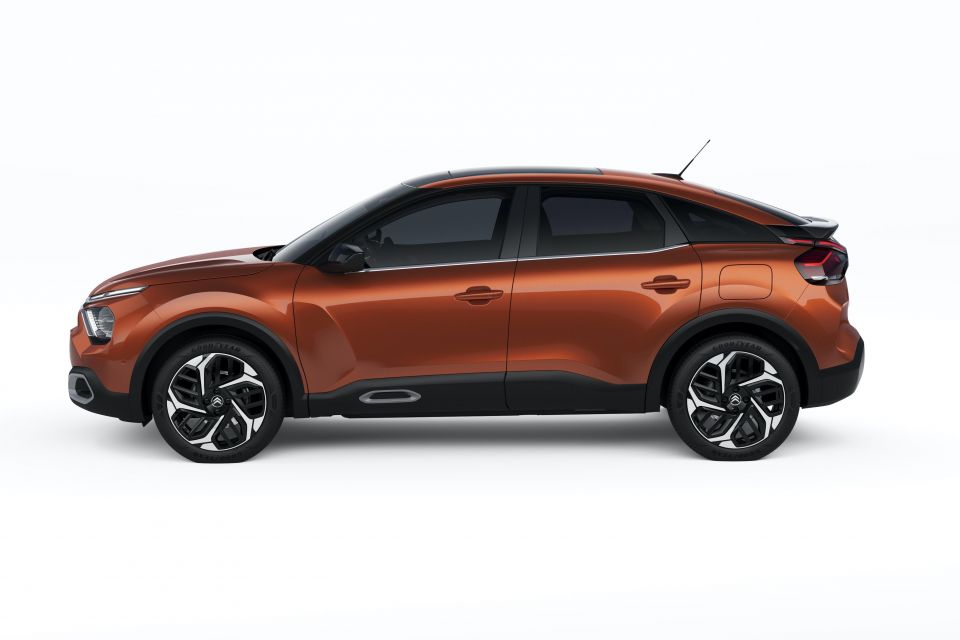

The quirky crossover sports a 50kWh battery, has about 350km of driving range, and can charge to 80 per cent capacity on a 100kW DC charger in 30 minutes. Citroen is a battler brand here, but this would garner some positive attention.
More here.
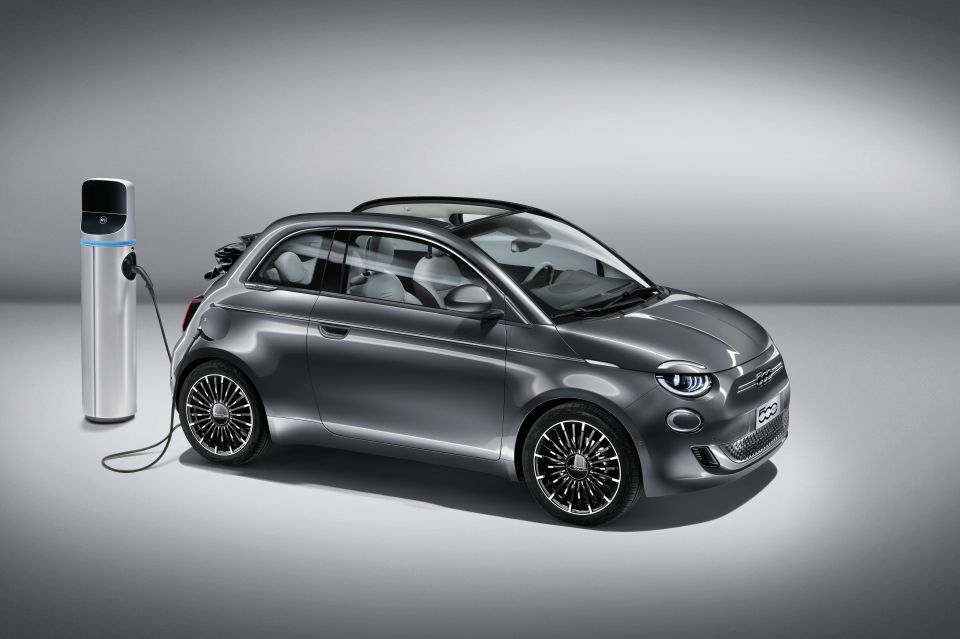
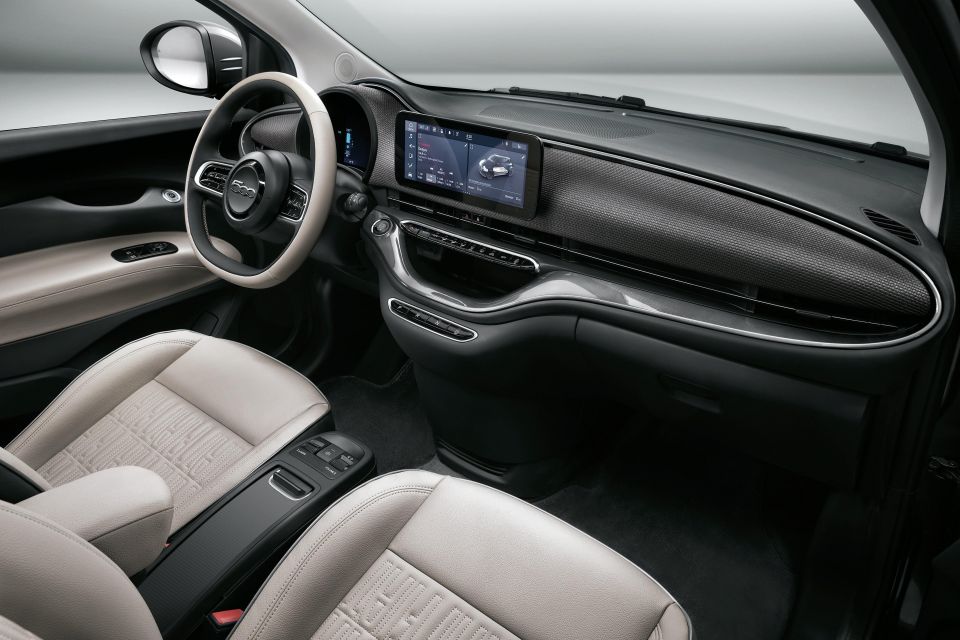
The reborn Fiat icon is sold in Europe as an EV now, with a WLTP driving range of 320km thanks to its 42kWh battery. It comes in classic, cabrio, or 3+1 body styles, and has an entirely new interior despite sporting evolutionary lines outside.
More here.
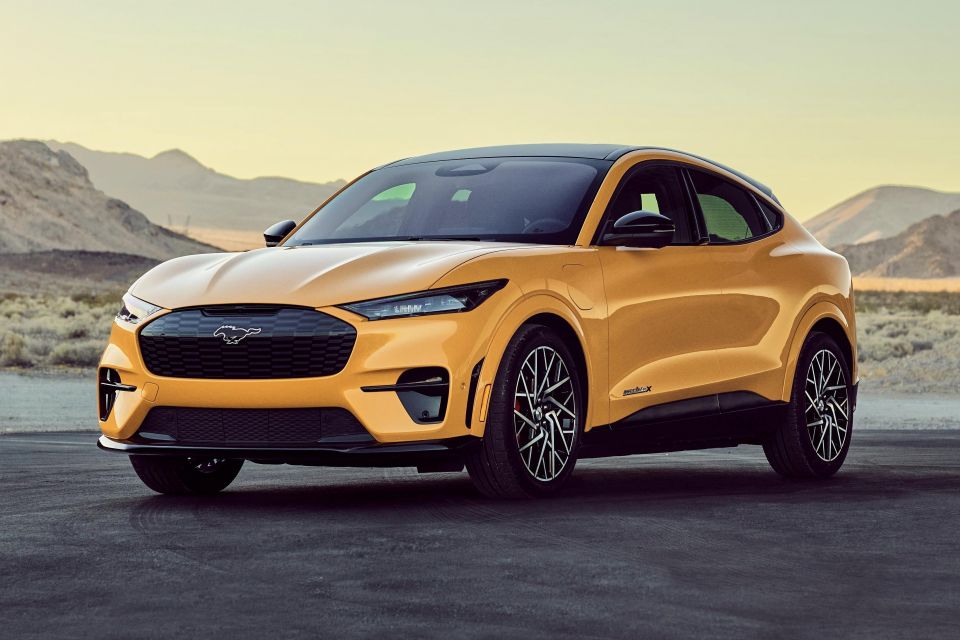
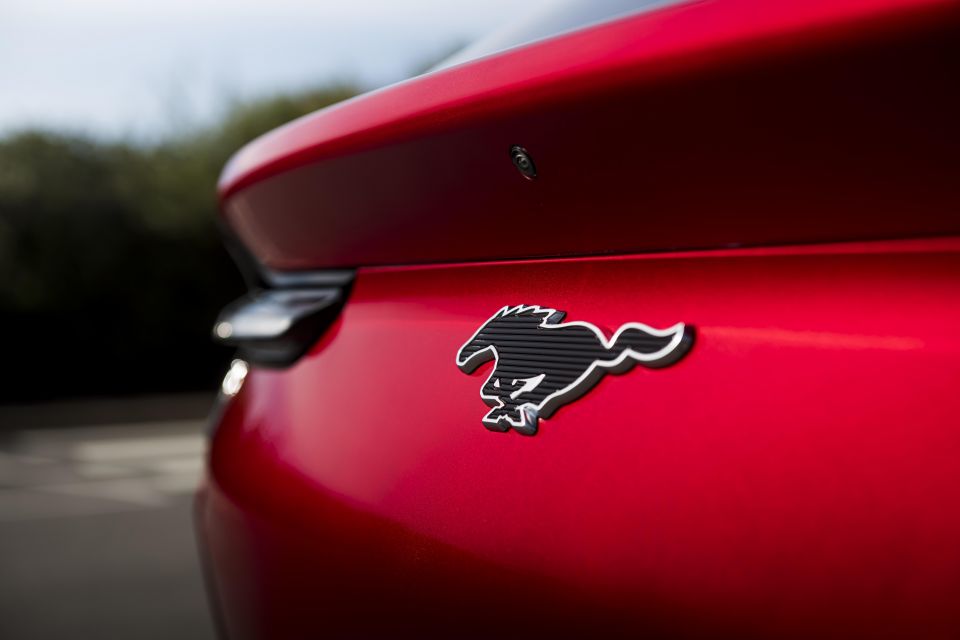
The Mustang V8 two-doors are Australia’s top-selling sports cars, but the Mustang Mach-E electric crossover that’s now available to order in the UK is not yet on the local menu. Top models have 600km of driving range and dash from 0-100km/h in a claimed 3.7 seconds.
More here.
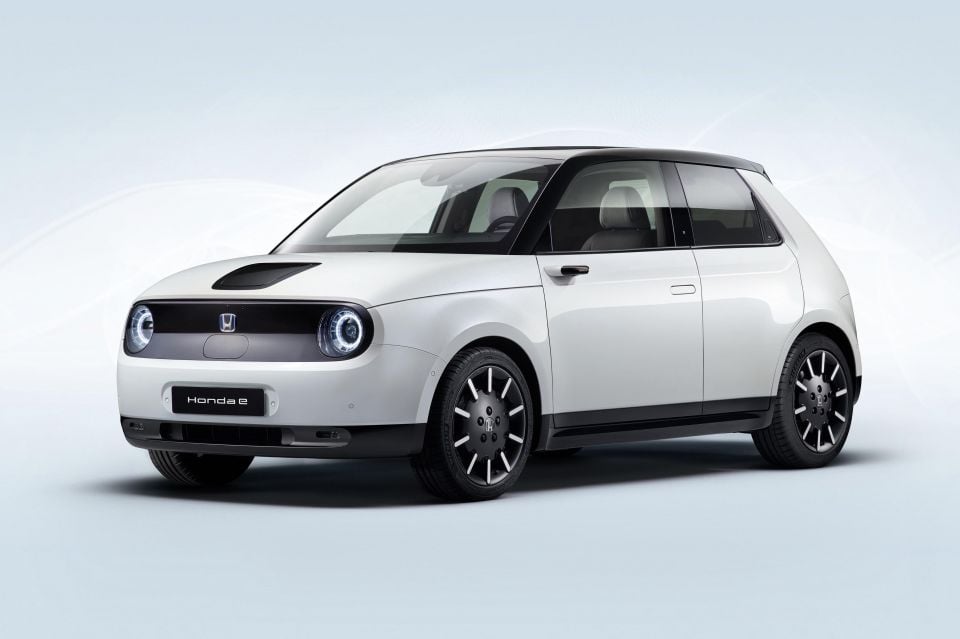
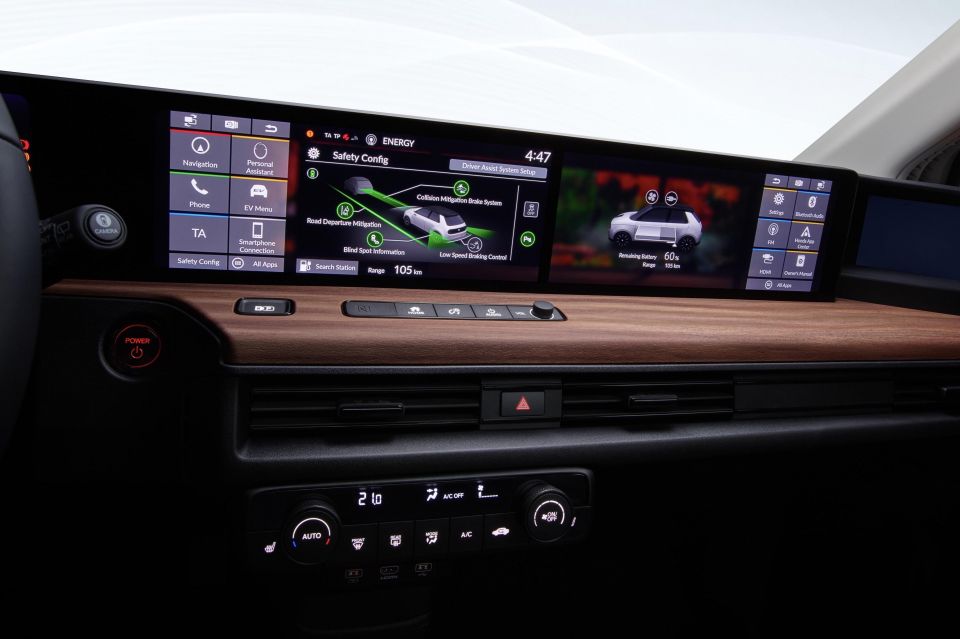
Honda’s adorable city car only gives you about 220km of range, but then again it can also be charged to 80 per cent in 31 minutes if you’ve access to a 50kW DC point. As well as knockout looks, the interior is a touchscreen-laden, minimalist marvel.
More here.

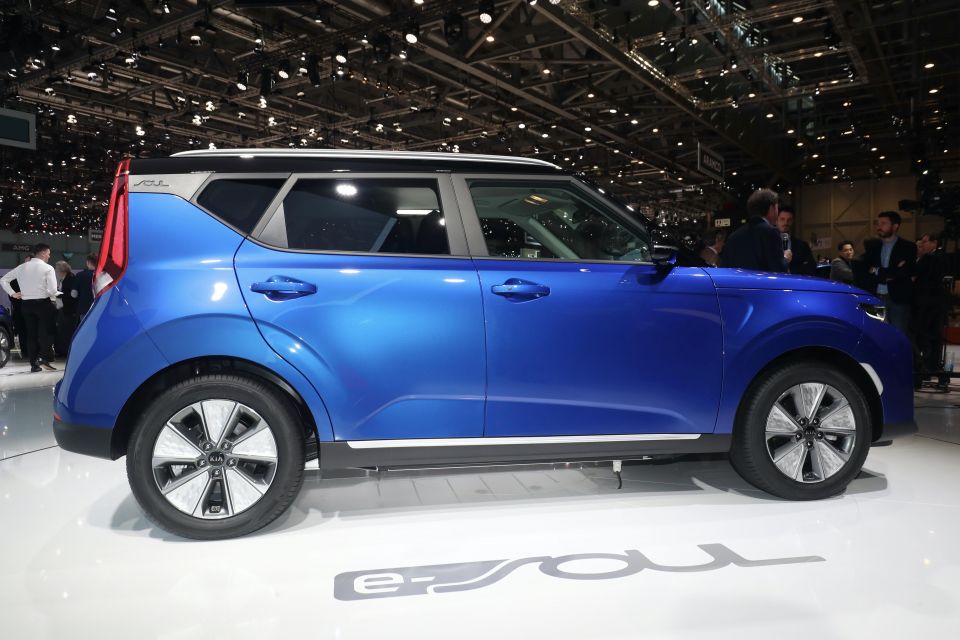
Kia sells a few EVs in Europe that aren’t available here. But the most desirable is the Soul EV. This funky little box on wheels has a 64kWh battery and a decent 450km range, putting it on par with the Hyundai Kona Electric. Looks much more interesting than the Niro too…
More here.
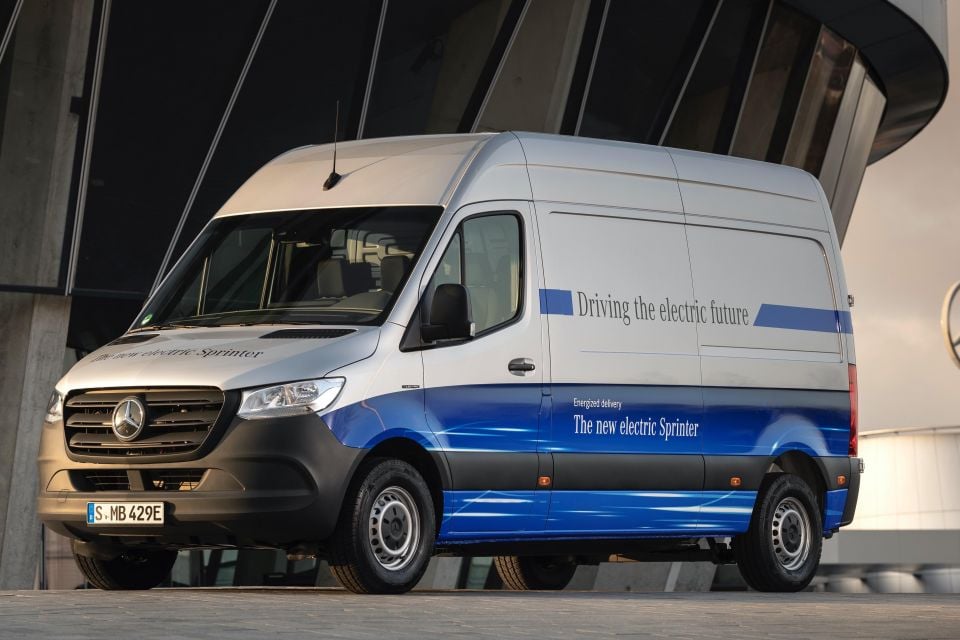
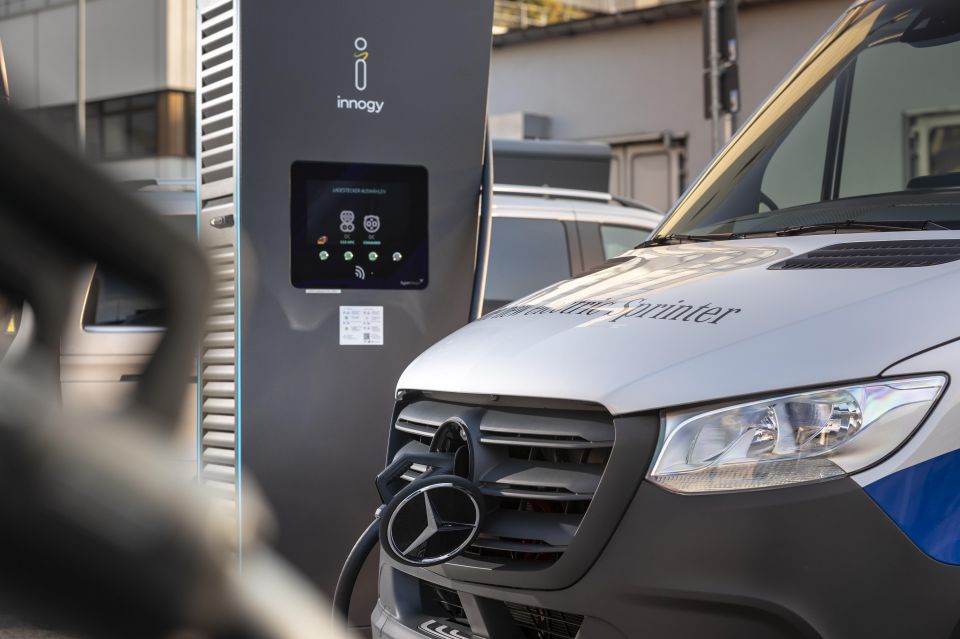
According to the UK government, the EV grant on commercial vans covers up to £8000 ($14,000 AUD) of the purchase price. There are many battery powered commercials on sale there, but the Sprinter is Australia’s top-selling heavy van and so makes this list.
It can only do about 150km between charges, but for last-mile deliveries this is acceptable, and a DC charger at a depot can add 80 per cent charge in 30 minutes.
More here.
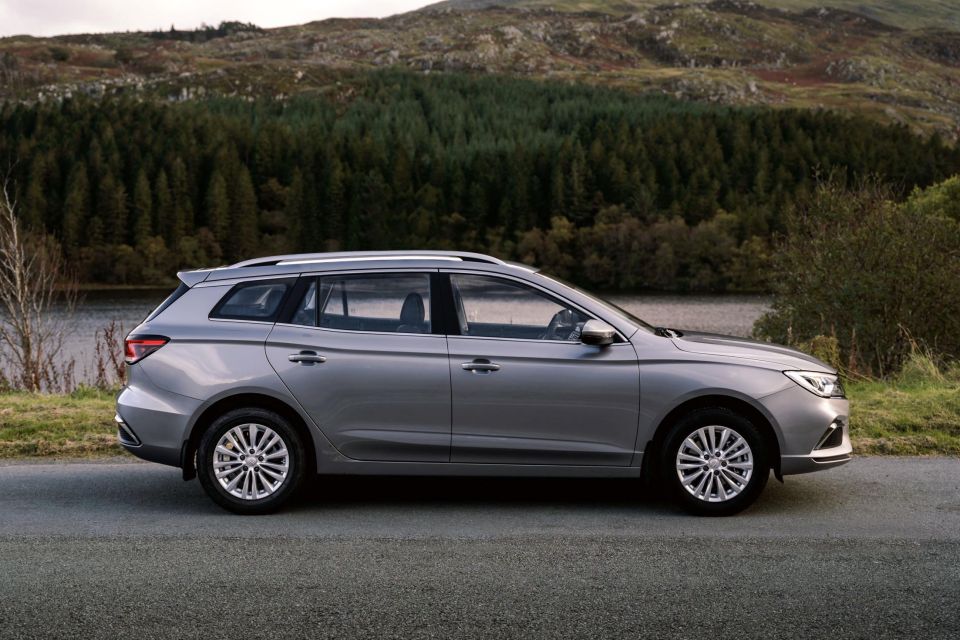
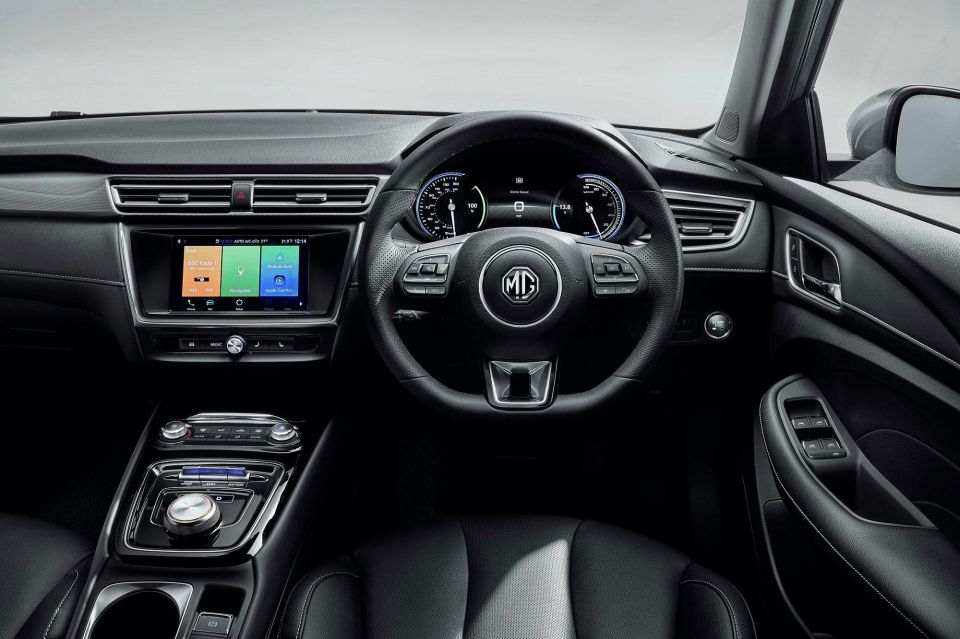
China’s MG sells Australia’s cheapest electric car already, in the form of the MG ZS EV. But in its UK ‘spiritual home’ it sells the MG5 EV wagon as well, with about 340km of driving range and a 578L boot. After the plug-in car grant in the UK it sells for £24,490, about $43,500 AUD.
More here.

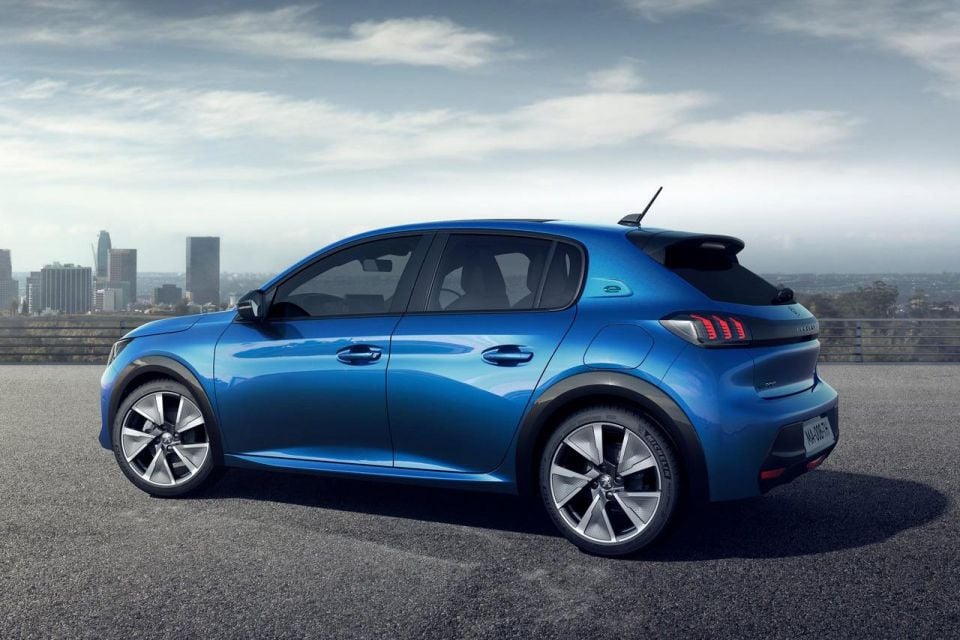
There’s a chance one or both of these funky French EVs will come to Australia, but they’re already available in the UK. The e-208 is an urban commuter with 350km of range, while the e-2008 cuts this to 330km but adds a more in-demand SUV body.
More here.
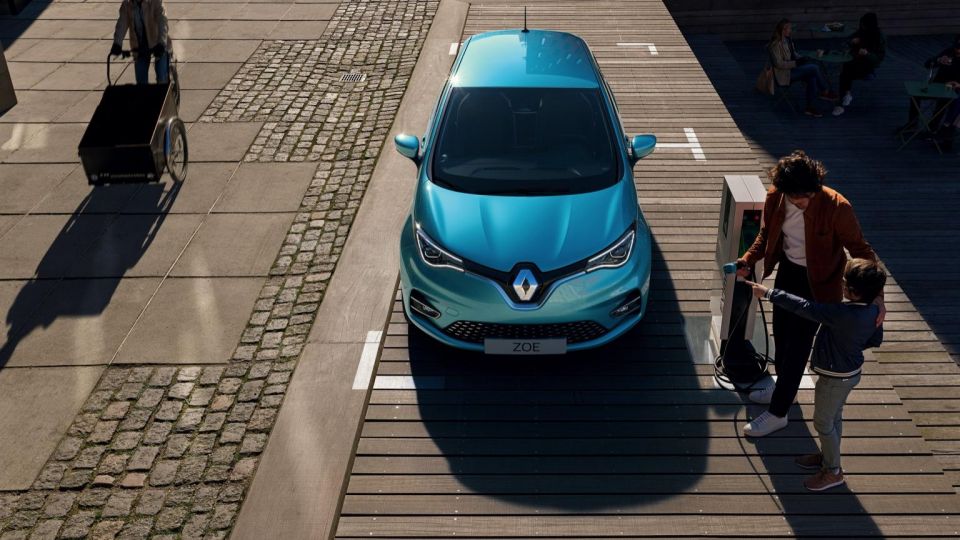
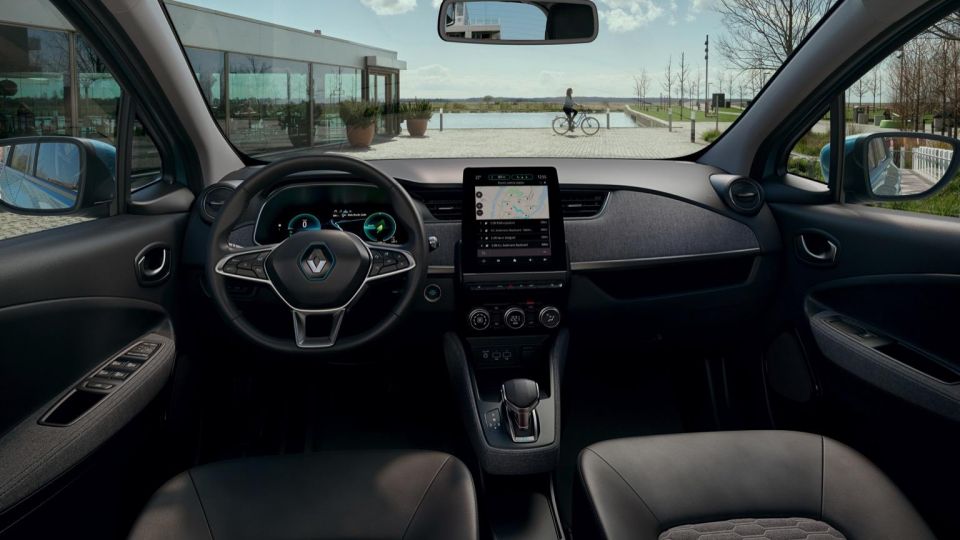
Renault did briefly sell the Zoe in Australia, but the improved updated model now in the UK has been axed from the local line-up. The cute-looking hatch has a 52kWh battery and nearly 400km of driving range, and costs £26,995 ($48,000 AUD) after the £3000 grant.
More here.
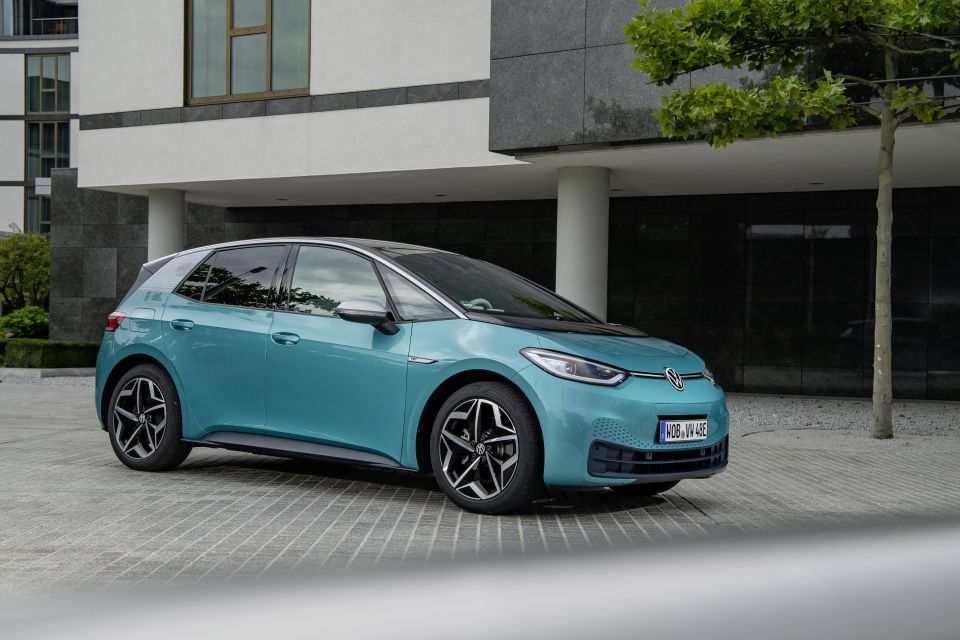
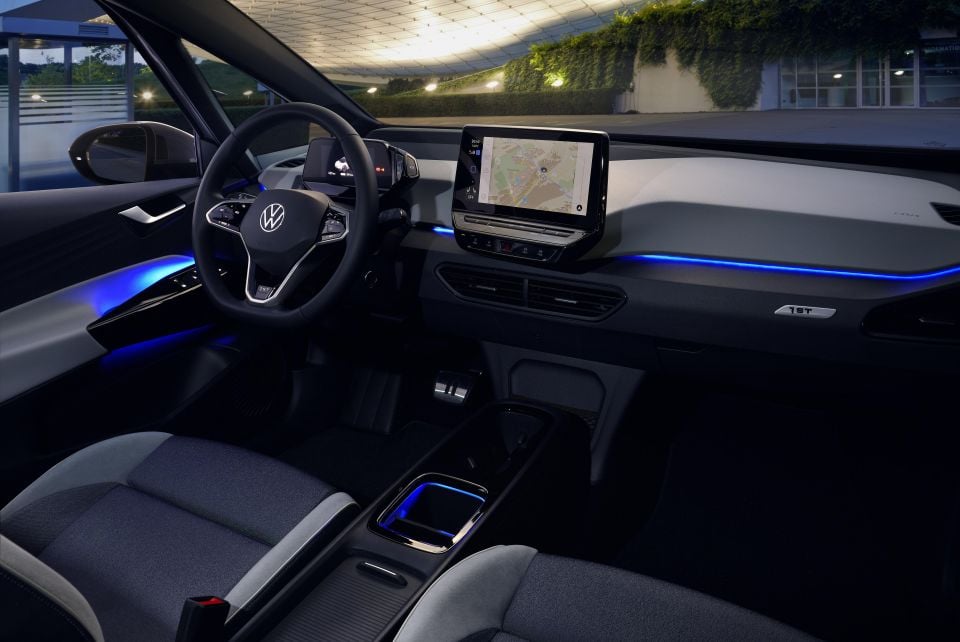
The modern, Golf-sized EV hatch made in Germany kicks off at £29,990 (about $53,000 AUD) and has about 420km of driving range and a 0-100km/h time of 7.3 seconds. It’s the first of many VW ID-branded models, none of which will hit Australia until late 2023 at this stage.
More here.
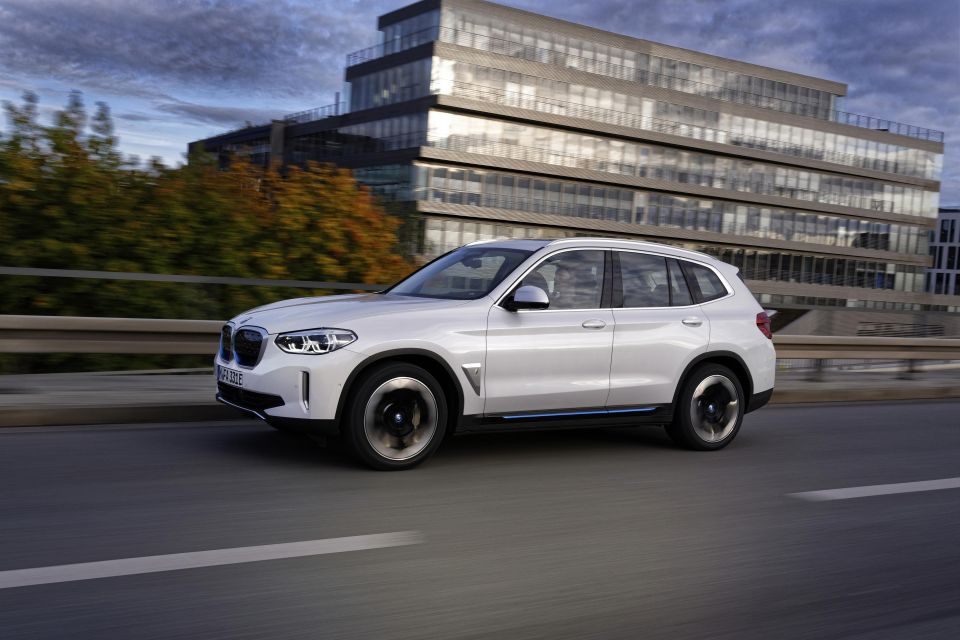

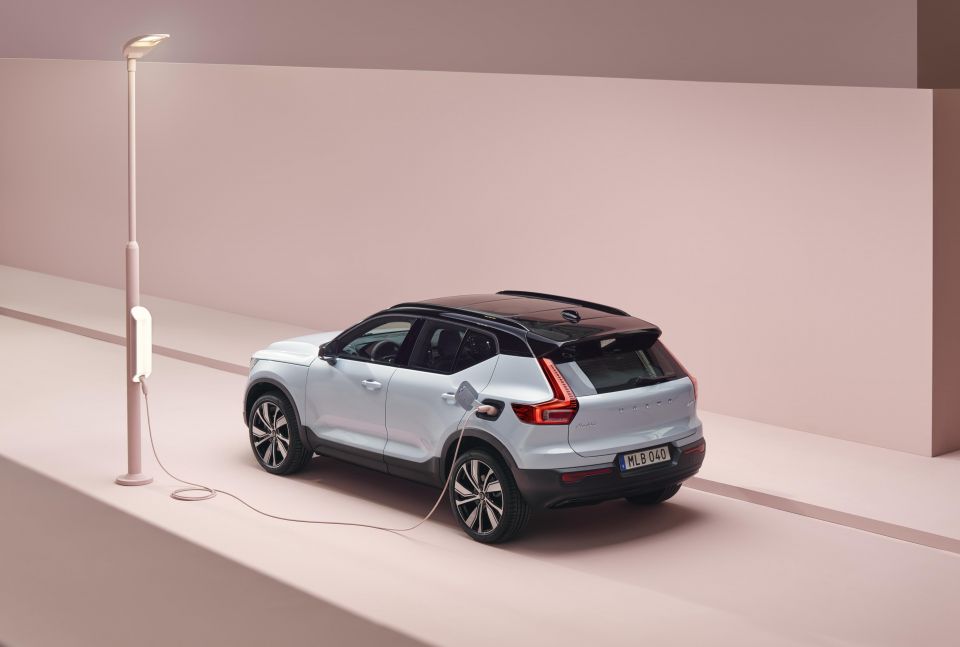
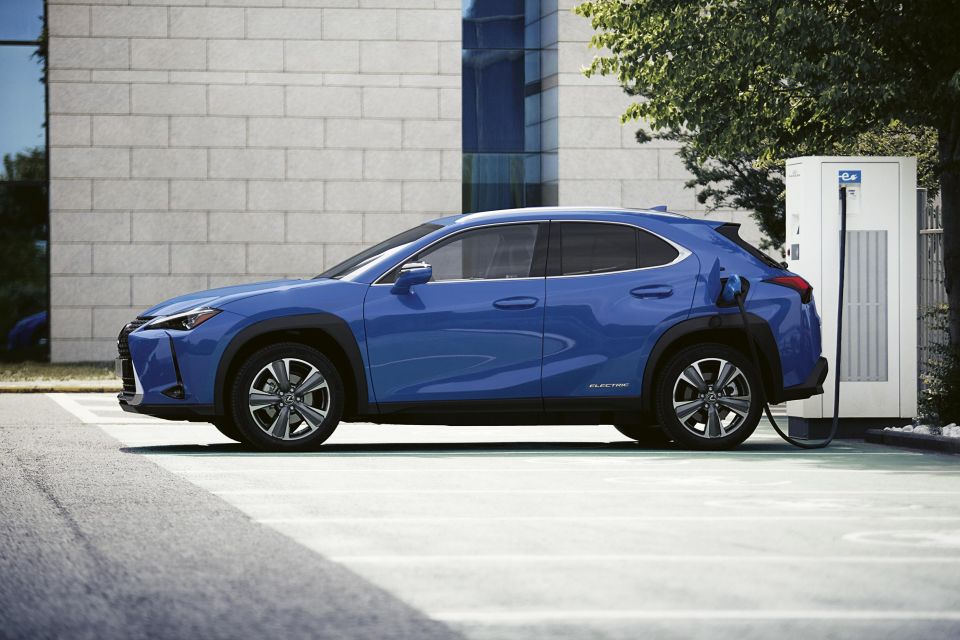
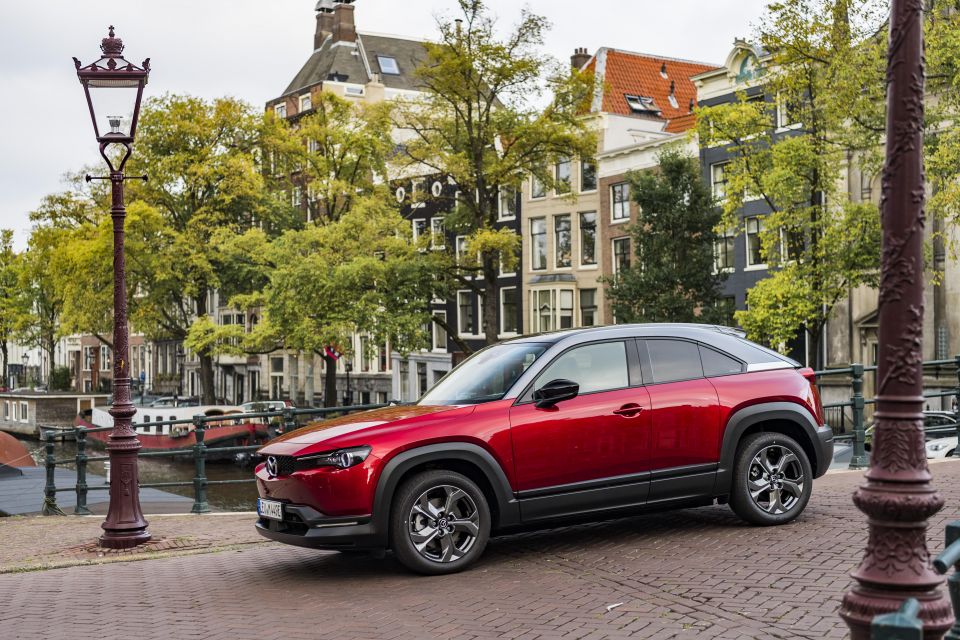
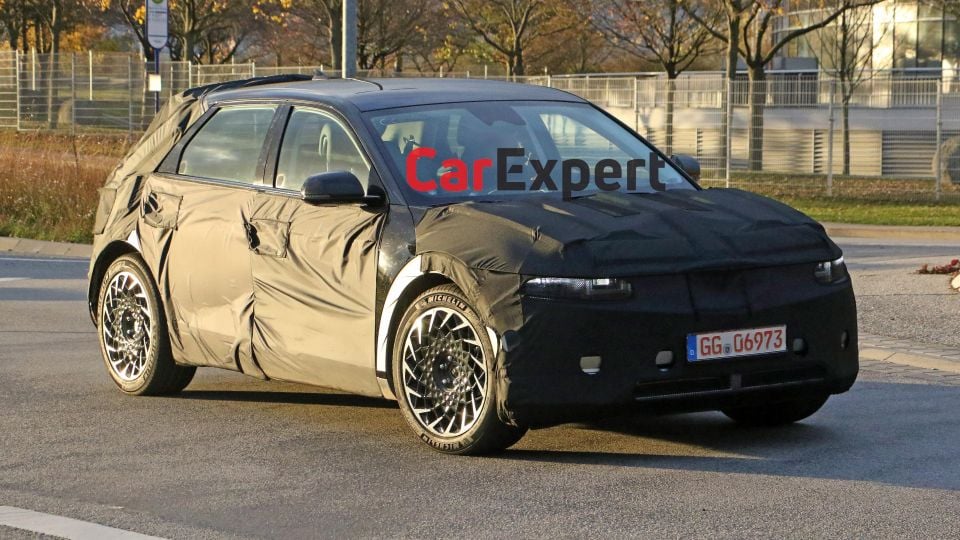
Of course, there are some glimpses of positivity for EV fans. Battery powered cars that we expect to see come to Australia in 2021 (or at the very least, be confirmed for local launch) include:


William Stopford
5 Hours Ago


Ben Zachariah
6 Hours Ago


Derek Fung
6 Hours Ago


Matt Campbell
13 Hours Ago


William Stopford
1 Day Ago


Josh Nevett
1 Day Ago